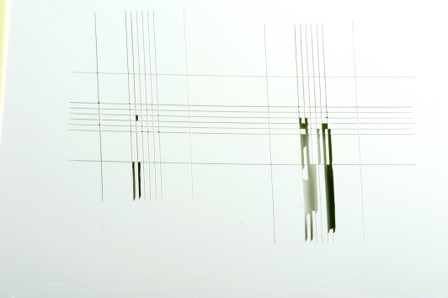Flaking

Description
The paint lifts from its underlying surface in smooth flakes. These flakes may be easily broken, with a tendency for the edges to peel away from the surface.
Cause
Loss of adhesion between a layer of paint and its underlying surface.
This may be caused by:
- Contamination of the underlying surface by wax, grease, silicone, oil, release agents, water, corrosion or soap.
- Incorrect or non-use of metal conditioner on steel or aluminium surfaces.
- Inadequate keying of the surface.
- Surface too hot or too cold when sprayed.
- Use of the wrong primer process, primer not properly dry.
- Incorrect viscosity of paint, use of wrong or poor quality thinner, compressed air pressure too high.
- Paint film applied too thickly.
- Build up of stress between two adjacent layers of paint.
Prevention
- Ensure that the surface to be painted is scrupulously clean. Always dry the surface with clean cloths.
- Always use the correct metal conditioner on steel or aluminium surfaces. Commence spraying within 30 minutes of preparation to avoid the onset of corrosion.
- Sand the surface properly before spraying, taking care to remove all sanding dust.
- Ensure that the surface is within the recommended temperature range during spraying and drying.
- Use the correct primer process, and ensure that the primer is properly dry before continuing painting.
- Thin the paint to the correct viscosity, using only recommended thinner. Set compressed air pressure as low as possible consistent with proper atomisation.
- Apply paint in thin, wet layers.
- Use a range of products by a single paint manufacturer.
- Thin the paint to the correct viscosity, using only recommended thinner. Set compressed air pressure as low as possible consistent with proper atomisation.
- Apply paint in thin, wet layers.
- Use a range of products by a single paint manufacturer.
Prevention
Remove the detached paint from the affected area. Prepare the underlying surface correctly and repaint.

